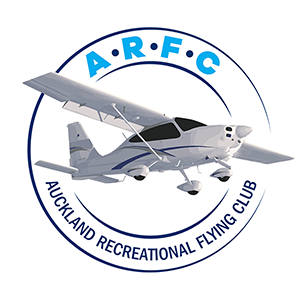WHY LIGHT SPORT AIRCRAFT?
Why do we fly Light Sport Aircraft?
Flying Light Sport Aircraft, or ultralight aircraft, offer a unique blend of freedom, adventure, and practicality. Here are some of the key reasons why people are drawn to this activity:
- Affordability: Compared to traditional aircraft, Light Sport Aircraft are significantly less expensive to purchase, maintain, and operate. This makes flying more accessible to a broader range of enthusiasts.
- Simplicity and Convenience: Light Sport Aircraft are relatively simple to operate, and many models can be stored in a garage or small hangar. This convenience extends to their maintenance, which is typically less complex and costly.
- Regulation: In many countries, the regulatory requirements for flying Light Sport Aircraft are less stringent than for larger aircraft. This can mean fewer licensing requirements, less bureaucratic red tape, and more freedom to fly without extensive formal training.
- Recreational Enjoyment: The experience of flying a Light Sport Aircraft is unique and exhilarating. Pilots enjoy a closer connection to the environment, often flying at lower altitudes where the scenery is more vivid and engaging. This sense of adventure and the ability to explore new areas from the air is a major draw.
- Flexibility and Versatility: Light Sport Aircraft can operate from small airstrips, fields, and even beaches, providing access to remote or otherwise inaccessible areas. Their versatility allows for a wide range of flying experiences, from short local trips to longer cross-country adventures.
- Community and Camaraderie: The Light Sport Aircraft flying community is often close-knit and supportive. Pilots share a passion for aviation and frequently gather for events, fly-ins, and social activities, creating a sense of camaraderie and shared interest.
- Learning and Skill Development: Flying Light Sport Aircraft offers continuous learning opportunities. Pilots can enhance their skills, learn about aerodynamics, navigation, and meteorology, and even engage in building or modifying their aircraft.
- Environmental Connection: Flying Light Sport Aircraft allows pilots to feel more connected to the natural world. The open cockpit designs of many Light Sport Aircraft offer an unparalleled sense of freedom and a unique perspective on the landscape below.
- Performance: Light Sport Aircraft, despite their small size and simplicity, offer impressive performance capabilities. They typically have short takeoff and landing distances, allowing them to operate from small or unprepared airstrips. Many Light Sport Aircraft can reach speeds of 100-140 knt (180-250 Km/h) and have a range of several hundred kilometers on a single tank of fuel. Their performance characteristics make them suitable for a variety of flying conditions and enjoyable for both short flights and longer journeys.
Overall, the appeal of flying Light Sport Aircraft lies in the combination of affordability, simplicity, and the sheer joy of flight, making it an attractive option for aviation enthusiasts looking to experience the thrill of the skies in a more intimate and accessible way.




